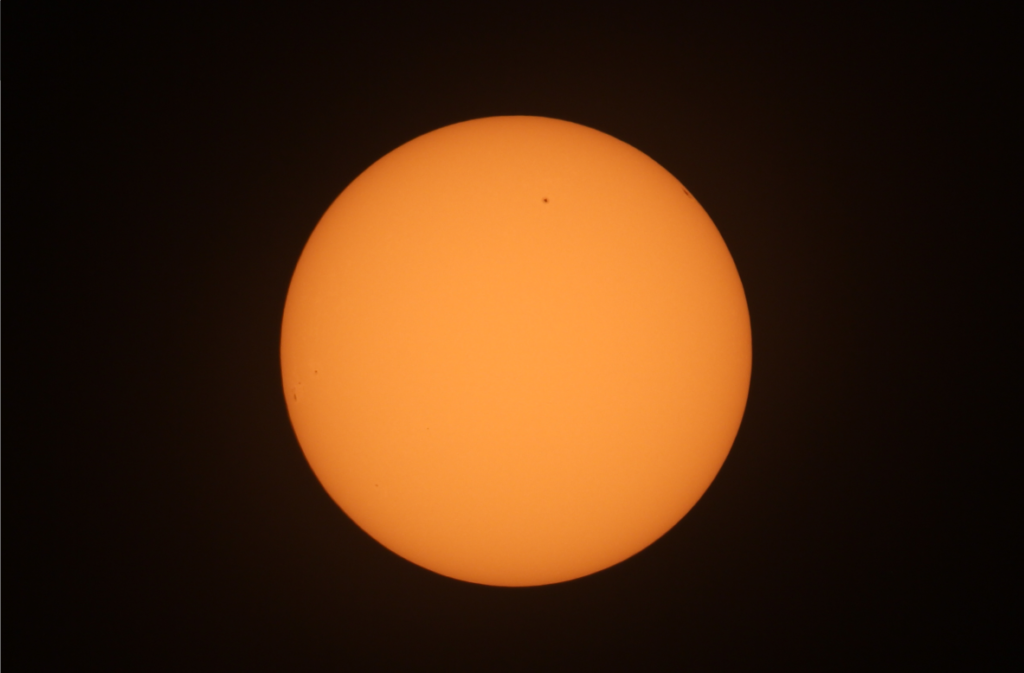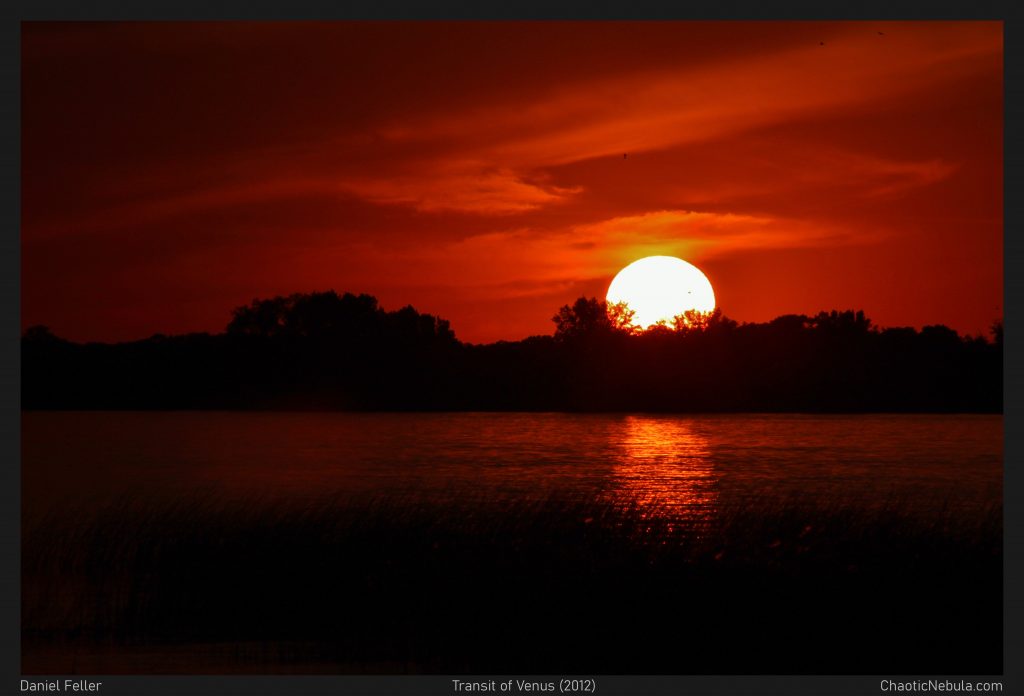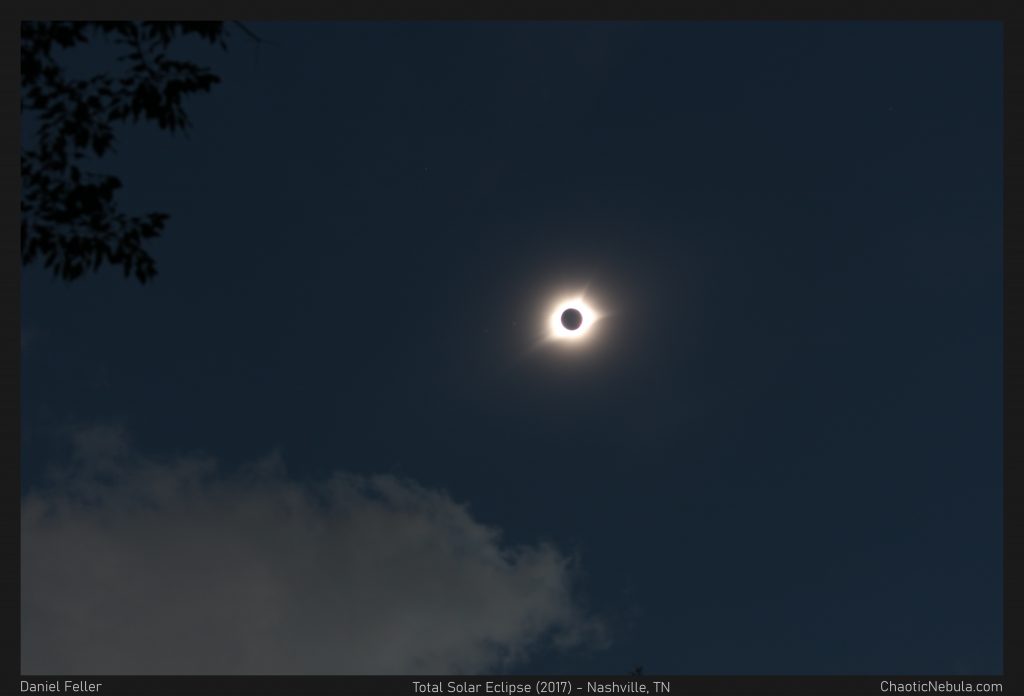Most people believe that except for eclipses, the sun is boring, never changing. But it is very active. And with a standard DSLR camera (and proper DSLR settings), a certified solar filter, and clear skies, you can capture some intricate details as well as some chance encounters.
Sunspots
The sun goes through an 11 year cycle between low and high sunspot activity.

The National Oceanic and Atmospheric Administration (NOAA) provides the Solar Cycle Progression graph showing where we are within the current solar cycle and total sunspot activity. In the year 2024, the sun is approaching solar maximum.
Now that you know we are in a very active time for the sun, you can use the Solar and Heliospheric Observatory (SOHO) to get a real-time view of solar activity. This is a great way to see if there is enough sunspot activity to get you outside and imaging.
Transits
In 2012, Venus crossed the surface of the sun (the black dot towards the right side of the sun). Unfortunately, the next transit of Venus won’t happen until 2117.

But that doesn’t mean there aren’t other things that can cross the path of the sun. Mercury is always a possibility. What about capturing the International Space Station crossing the sun? Or the Chinese Tiangong space station?
This is when you use the ISS Transit Finder site. You simply find your observing location, how far you are willing to travel, and hit Calculate. Not only will it find transits across the sun, but also of the moon (As well as flybys near the moon).
Selecting “Show on Map” shows you where you need to travel to in order to see the transit.
Transits and sunspots are a fun way to start building your solar photography skills and learn about your DSLR camera Because this is such a unique project, you want to understand the DSLR Settings for Solar Photography.
Eclipses
And no conversations about photographing the sun would be complete without talking about eclipses.


Whether it is partial, annular, or total, the Time and Date site provides all the information you need to plan your next eclipse.
Eclipses are going to test your photography skills in that the sun’s output will constantly change as the moon blocks more of the light output. The following guide on DSLR Settings for Solar Eclipses provides guidelines to help make your session a success.